I want to plot a time series, excluding in the plot a stretch of time in the middle. If I plot the series alone, with only an index on the x-axis, that is what I get. The interior set of excluded points do not appear.
x <- rnorm(50)
Dates <- seq(as.Date("2008-1-1"), by = "day", length.out = length(x))
dummy <- c(rep(1, 25), rep(0, 10), rep(1, length(x) - 35))
plot(x[dummy == 1])
Once the dates are on the x-axis, however, R dutifully presents an accurate true time scale, including the excluded dates. This produces a blank region on the plot.
plot(Dates[dummy == 1], x[dummy == 1])
How can I get dates on the x-axis, but not show the blank region of the excluded dates?

